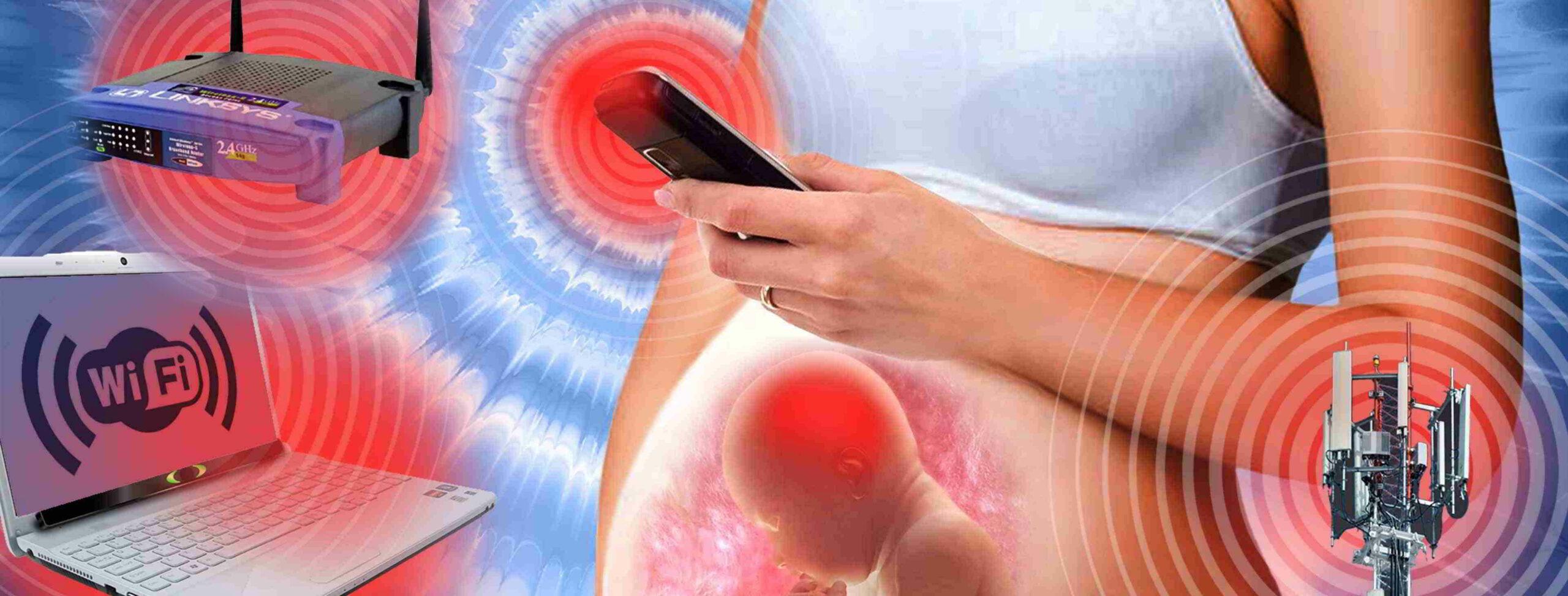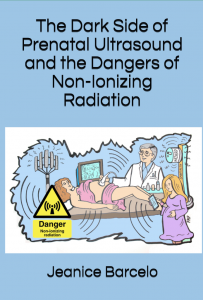Dear friends – I am excited to share that Robert F. Kennedy, Jr. and the Children’s Defense Fund have decided to publish an article about the dangers of prenatal ultrasound. Happily, have linked to both my book and an article that I wrote on this topic. They have used a few quotes of mine as well, but did not give me proper credit, which is a shame. Nevertheless, I think the fact that they published this information about ultrasound is big news. Hopefully, now the information will spread about the dangers of this technology — which is just one more radiation-emitting technology that causes serious harm.
See full article here and below
Please, if you have not yet purchased my book, consider doing so now. The information in the book is so important and I am trying to clear out my at-home inventory before mid-September. All my books and DVDs are on sale right now. Check out the sale here and thanks for your continued support.
https://www.birthofanewearth.com/uncategorized/blowout-moving-sale-all-books-and-dvds-must-go-everything-20-off/
PS – I have been blessed by a friend who has translated the ultrasound book into Spanish. I am now looking for someone who is bilingual that can proofread the Spanish text to confirm that it matches the English text. If you know of anyone that might be able to help, please do let me know. Thanks.
Contact:
birthofanewearth@startmail.com
=======================================================
Source Article:
Prenatal Ultrasound—Not So Sound After All
https://childrenshealthdefense.org/child-health-topics/known-culprit/ultrasound/prenatal-ultrasound-not-so-sound-after-all/
=======================================================
By the Children’s Health Defense Team
Prenatal ultrasound is a taken-for-granted component of modern maternity care, to such an extent that most obstetrician-gynecologists find it impossible to practice their profession without it. American women now routinely undergo four to five ultrasounds per pregnancy. Despite the absence of demonstrated benefits, there is also a trend toward “new applications of ultrasound…at earlier stages in pregnancy” (p. 47), including Doppler fetal heart rate monitoring that magnifies the unborn baby’s exposure manyfold.
A Scottish physician developed the first 2D ultrasound machine in the late 1950s. Intended for prenatal scanning as well as gynecological tumor diagnosis, the machine drew on the doctor’s prior experience with military radar technology. Now, the latest growth sector in ultrasound technology is 3D imaging (which shows the baby’s face) or 4D ultrasound that creates a “live video effect, like a movie”—luring parents into stockpiling “keepsake” footage of their baby’s in utero facial expressions.
While the U.S. Food and Drug Administration (FDA) tells prospective parents that ultrasound exams provide “a valuable opportunity to view and hear the heartbeat of the fetus, bond with the unborn baby, and capture images to share with family and friends”—and the Centers for Disease Control and Prevention (CDC) denies any association between ultrasound and adverse maternal, fetal or neonatal outcomes—not everyone shares the agencies’ complacency. In fact, two recent books make the opposite case. One author—backed up by over 1500 scientific citations—argues that prenatal ultrasound is so harmful to children that it “should be banned from obstetrics immediately.” The other contends that the “subtle and not-so-subtle” biological effects of ultrasound “have set the human species on a tragic path” from which it may take generations to recover.
… a single exposure to ultrasound produced cellular and DNA damage similar to 250 chest x rays—and damage was permanent and heritable for ten generations and beyond.
(Author note – they should have put my name here but did not. This is a quote directly from my article)
Known but hidden risks
Few prospective parents realize that ultrasound technology is not just sound waves but is based on non-ionizing radiation. Other examples of man-made non-ionizing radiation include cell phones, cell towers, cordless phones, Wi-Fi and more. Although ionizing radiation (think X-rays) has the reputation of being more powerful, non-ionizing radiation is plenty capable of producing biological effects—including altering and damaging cells. In the mid-1980s, a best-selling doctor/author likened ultrasound to other “unproven” technologies “being sold to the public as being ‘perfectly safe’” and scolded the medical profession for failing to take the “necessary steps to protect people against a malignant technology.” Around the same time, the World Health Organization declared (in vain) that concerns about ultrasound’s clinical efficacy and safety “do not allow a recommendation for routine screening.”
According to the author of one of the recent ultrasound critiques, the technology causes far-reaching damage. Describing a series of studies published in the late 1970s and early 1980s, the author notes that “a single exposure to ultrasound produced cellular and DNA damage similar to 250 chest x rays”—and “[d]amage was permanent and heritable for ten generations and beyond.” Forms of damage included “DNA shearing, single and double strand breaks, chromosome rearrangements and DNA uncoiling, deformities and mutations in offspring, as well as the complete deactivation of genetic material within sonicated cells.”
The second recent book summarizes 50 studies of prenatal ultrasound in China, describing “alteration and injuries in the organs, tissues [and] cellular ultrastructures” and “damage to the cytokine signaling in molecules, red blood cells, neurons and mitochondria.” The author notes that the physics of ultrasound are “dramatic”; for example, industry uses ultrasound “to disintegrate and blend materials, and to weld steel.” Airing the concept of “toxic synergy,” the book also suggests that “ultrasound is an effective synergist…theoretically capable of initiating fetal vulnerabilities to subsequent toxic exposure”; thus, “the risk of subsequent exposure to vaccines, birth drugs, antibiotics and other environmental stressors would be raised by prenatal ultrasound, not in addition, but as a multiplier” [emphasis added].
… these children have a greater risk of radiation-induced genetic and/or brain damage that can lead to autism and other neurodevelopmental disorders.
Author note: Again, this is a quote directly from my article yet they did not give me credit.
Ultrasound and autism
Many researchers have noted that the safety of ultrasound devices depends, among other factors, on the amount of “output energy…to which the fetus is exposed.” In the late 1980s, the ultrasound industry approached the FDA with a request to augment existing output levels “to enhance diagnostic capability,” and in 1991, the agency acquiesced to an eightfold increase in allowable output exposure levels. When, 20 years later, FDA researchers compared ultrasound trends before and after the 1991 regulatory change—focusing in particular on the potential for “tissue heating”—they reported “a substantial increase in ultrasonic power over time” and cautiously concluded that their temperature rise estimates “could be considered potentially harmful.” Stated more directly by other authors:
This FDA action ensured that babies born after 1991 would be exposed to even more radiation as compared to those born in the 1970s and 80s, hence these children have a greater risk of radiation-induced genetic and/or brain damage that can lead to autism and other neurodevelopmental disorders.

